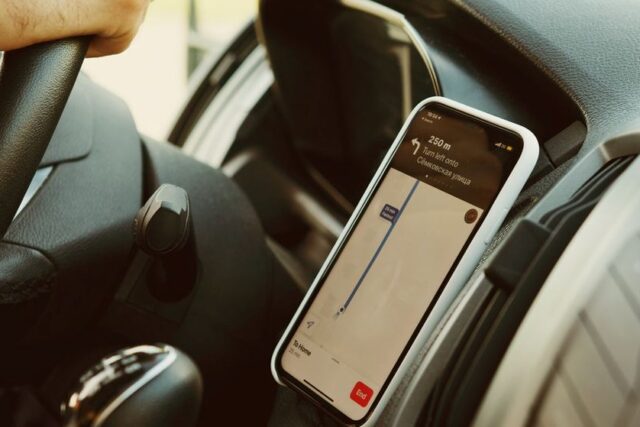Florida is known as the sunshine state. People imagine driving with the windows down and music blasting. But the truth is, the rain can be incredibly severe.
Thunder and lightning storms make an appearance year round. Hurricane season is from June to November and can lead to dangerous road conditions.
According to the U.S. Department of Transportation, nearly 1,235,000 crashes happen each year in Florida due to heavy rainfall or wet pavement.
To avoid needing to hire a car accident lawyer in Florida, here are seven tips for driving safely in Florida’s inclement weather conditions.
Turn On Your Headlights and Windshield Wipers
The state of Florida, by law, requires you to turn on both your headlights and windshield wipers when rain occurs, regardless of the time of day.
This strengthens visibility for other drivers as well as yourself. Replace your wipers at least once a year, if not more, to make sure they’re in good condition.
Slow Down
Driving at high speeds, even when you’re on the interstate and the speed limit is 60 MPH, is incredibly dangerous during heavy rainfall. You should always slow down and avoid reckless behavior behind the wheel.
While Florida weather doesn’t involve icy conditions, hydroplaning and skidding can occur, which could easily lead to an accident.
For those who are unaware, hydroplaning is when a car uncontrollably slides along a wet surface. If this happens, avoid slamming on your brakes.
Instead, use a slight repetitive pumping action on the brakes to gently slow down. You’ll then want to turn your steering wheel in the direction you are turning. Then slightly turn it back in the other direction to realign the wheels.
Pull Over
When heavy rain occurs, it can make it difficult to see the roads clearly. The best thing you can do is to find a safe location to pull over and wait out the storm.
Use Your Emergency Lights
During heavy rainfall, you may notice people using their emergency lights. This is a way to help other drivers be able to see where you are on the road.
Avoid Flooded Areas
When driving in severe Florida weather, you may come across a flooded area. You may be tempted to drive through it to get to your final destination. It’s much safer to turn around and take another route.
Storms can cause debris to fall into these flood zones that could damage your car or cause an accident. There are even some circumstances where power lines have fallen but are unable to be seen due to the flood.
Be Cautious of Heavy Wind Conditions
It’s common to have an intense wind come through during a Florida storm or hurricane. It’s most common to happen in large, open spaces such as on ramps and overpasses.
Always have two hands on the wheel and drive slower in these conditions. Avoid driving next to large vehicles or trucks that are carrying extra cargo.
Prepare For Inoperable Traffic Lights
Traffic lights are made to keep the flow of traffic moving safely. However, a storm can cause these traffic lights to go out. This can be dangerous if you’re not paying close attention while driving.
Usually, a law enforcement officer will be there to help direct traffic. But in the case that they aren’t present, you’ll want to come to a complete stop at the intersection. Treat the area as a four-way stop and look in all directions.
Conclusion
During severe Florida weather, it’s important to keep both the safety of yourself and the safety of others at the forefront of your mind.
The best thing you can do when heavy rainfall occurs is to pull over and wait for the storm to pass. It’s better to be late to your destination than to not arrive at all.



Lastest Posts
Lifestyle
Big Game Hunting in The Iberian Mountains: Must-Visit Destinations for Hunters
Education
How machine translation is changing the industry: When to use it and when to avoid it?
Health
EEG Analysis: Technology Connecting the Brain to the Future
Marketing
Advancements in Solar Panel Technology: Illuminating the Path to a Sustainable Future
Lifestyle
How to Build a Capsule Wardrobe: Essentials for Every Man
Lifestyle
Women in the Catholic Church: Roles, Recognition, and Calls for Change
Marketing
Experiential Marketing for Brands: Crafting Unforgettable Consumer Connections